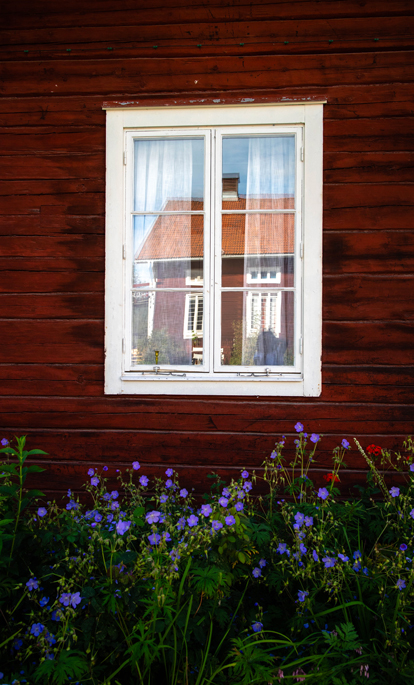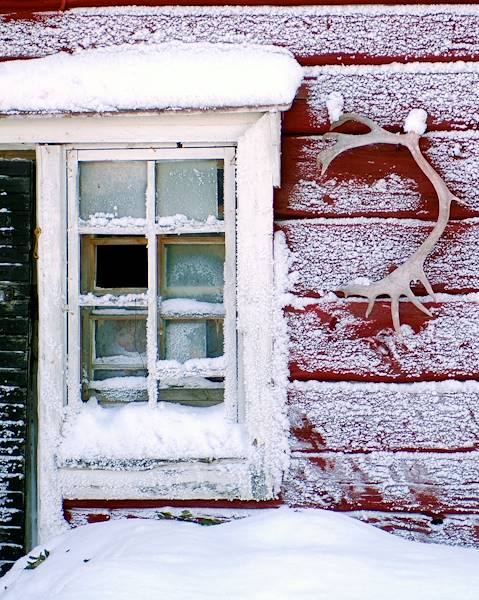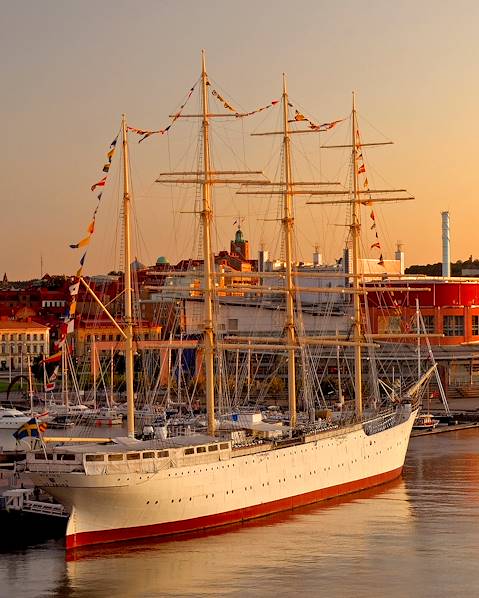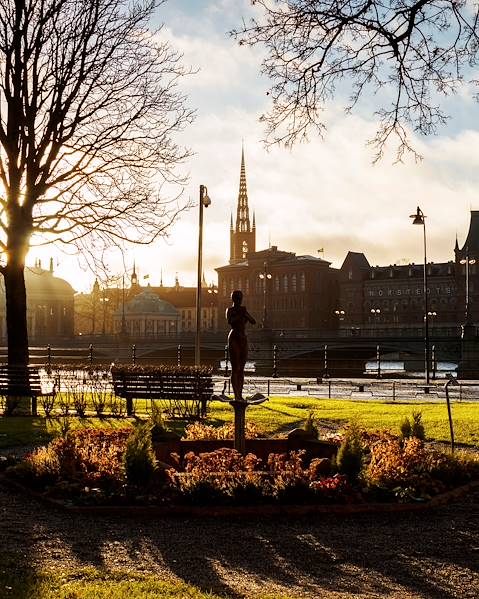Population
10,062,829 (2019)
Official language
Swedish
Language spoken
Almost all of the Swedish population speak Swedish and there are some regional dialects, including Westrobothnian (from the coastal areas of Westrobothnia and Norrbotten); Dalecarlian (spoken primarily in the Älvdalen Municipality and other northern parts of the Dalarna province); Modern Gutnish (spoken in Gotland and Fårö); Jamtlandic (spoken mainly in Jämtland); and Scanian (spoken in Scania province). There are five minotiry languages too including Finish, Meankieki, Tiddish, Sami (from the idigenous people of Lapland) and Romani. There is a good level of English across the country.
People
Included in the general Swedish population are minority communities such as the Finns and Sami people (indigenous to Lapland). Immigrants account for just over 10% of the Swedish population.
Religion
Over 80% of Swedes belong to the Lutheran Church of Sweden; although many don’t practice their religion, the moral influence on the Swedish culture is evident. The remaining 20% ??is shared by Catholics, Orthodox Christian, Jews, Muslims and Buddhists.
National Holiday
June 6th anniversary of the election of Gustav Vasa 1 (1523).
Holiday Schedule
- January 1: New Year's Day (31 December is also a holiday).
- January 6: Epiphany.
- Late March to early April: Easter.
- May: Ascension, Pentecost.
- May 1: Labor Day.
- June 6: National Day.
- Last Saturday in June: Summer Solstice festival (the Friday before a holiday).
- October-November: All Saints Day.
- December 13: St. Lucy.
- December 25: Christmas (24 and 26 are also holidays).
History
Although Sweden has been inhabited for thousands of years, including by the Sami people who are indigenous to Lapland, the Viking period of Sweden is an excellent place to start when learning about the history of Sweden. They had a sense of adventure and a thirst for business and trade, so they travelled to the east and opened trade routes through Russia and Ukraine to the Middle East. Christianity came to the country in the 11th century, and in 1164 the first Swedish diocese was Uppsala. With the Church, the unification of the clans begins and the foundations of a State are established. Before, there had been a few "kings", but it lacked an ideological cement to unite everybody. Queen Margaret I of Denmark united the Nordic countries of Sweden, Denmark and Norway in the Union of Kalmar in 1397, with the approval of the Swedish nobility, but this caused tensions with both Norway and Denmark. In the 16th century, Gustav Vasa fought for an independent Sweden without the Union of Kalmar, and also broke Sweden’s ties with the Catholic Church by establishing the Swedish Lutheran Church. In the late 17th and early 18th centuries, Sweden took control of much of the Baltic region and gained considerable power, particularly by controlling its valuable exports such as grain, iron, copper, timber, tar, hemp and furs.
In 1814, neighbouring Norway declared independence and this spurred Sweden to create a personal union with it. The country was ceded to the Crown Prince of Sweden in a union that meant that Sweden and Norway were ruled under a common monarch and common foreign policy. This lasted until referendum in 1905 dissolved the union.
The 20th century was marked by Swedish political neutrality, including being neutral during both World Wars. During the Winter War, which saw Finland fight with the USSR (1939-1940), Sweden supported the Finnish side, and again remained neutral during the Cold War. Today Sweden is not a member of any military alliance.
In 1972, it welcomed the first Earth Summit in Stockholm, and the country has been a member of the European Union since 1995.
Policy
Sweden is a constitutional monarchy with a parliamentary system. The monarch has a purely representative function. The parliament (Riksdag) is has 349 members (40% women) elected for four years. The Minister of State (prime minister) is appointed by the Speaker of Parliament. The government and parliament work together to develop laws, which the Supreme Court is the top of the judicial system.
Famous Swedes
- Kristina Vasa, Queen of Sweden (1626-1689) She was known for her opulence and gratuitous spending as well as her knowledge about art, literature. Religion, philosophy and mathematics. She denounced the throne in 1654 when Sweden is at the peak of his power and converted to Catholicism.
- Björn Borg (born 1956). This world-famous tennis player is considered to be one of the greatest players in the history of the sport.
Alfred Nobel (1833-1896) was a chemist, inventor, businessman and writer. He established the Nobel Prize which acknowledges and honours those around the world in the fields of physics, chemistry, medicine and literature, and those who work for peace. He invented dynamite and helf 355 patents, and left a huge multi-million dollar fortune to the Nobel Prize organisation after his death. - Ingmar Bergman (1918-2007) Recognised as one of the great masters of cinema.
- Selma Lagerlof (1858-1940) is a famous Swedish writer and the first woman to receive a Nobel Prize in Literature (1909)
- ABBA (1970-1982) this Swedish pop group became famous in the 1970s for their songs and their music is still popular to thi day. There is a museum dedicated to the band and their music in Sweden’s capital, Stockholm/
Etiquette
The Swedes are friendly, discreet and punctual. Tipping is not expected but if you want to leave 10% as a sign of your gratitude after a great experience, it’s appreciated by the staff.
Shopping
Traditional Swedish decorative objects - including the Sami Lappish items - make a nice gift for others of a souvenier for yourself to remind you of your trip to Sweden. Whether you prefer wooden utensils, glass, porcelain or ceramics, there will be plenty of boutiques and artisan shops that create handmade items for sale.
Food
The pillars of traditional Swedish cuisine are potatoes, pork and fish (herring, cod and salmon being very popular). In addition to this, you have reindeer and other game, crayfish, mushrooms and, of course, meatballs (köttbullar). A classic dish is a simple one of potatoes with a piece of poached salmon and dill sauce, but you will also find herring terrine (strömmingslador); salmon pudding (laxpudding); ground apple butter cookies with fried bacon and cranberries (raggmunk); and rosehip soup served sweet and cold (nyponsoppa). The traditional Smorgas is a slice of bread, garnished with shrimp, smoked salmon, herring and cucumber slices, but you’ll find many places creating modern adaptations of versions of these open sandwiches.
Restaurants sometimes offer smörgasbord buffets, which are an array of different smorgas. Breakfast is hearty and big to set you up for the day; lunch is usually very light; then the evening meal is taken early, usually around 6pm - restaurants generally do not serve after 9pm). The act of having a coffee or snack break is called fike and it is traditionally taken by candlelight. This is the Swedish equivalent of afternoon tea but it can take place anytime.
Drink
Tap water is always clean and good quality. There is good beer in Sweden, too, and the four types are: Lättöl (the lower alcohol), Folköl, Mellanöl, and Starköl (the last of which is the most common to find in bars). To accompany herring, the traditional drink is brandy, and flavours range from classic to modern. At Christmas you’ll find mulled wine available as a delicious, spicy, warming drink during the cold months.
















